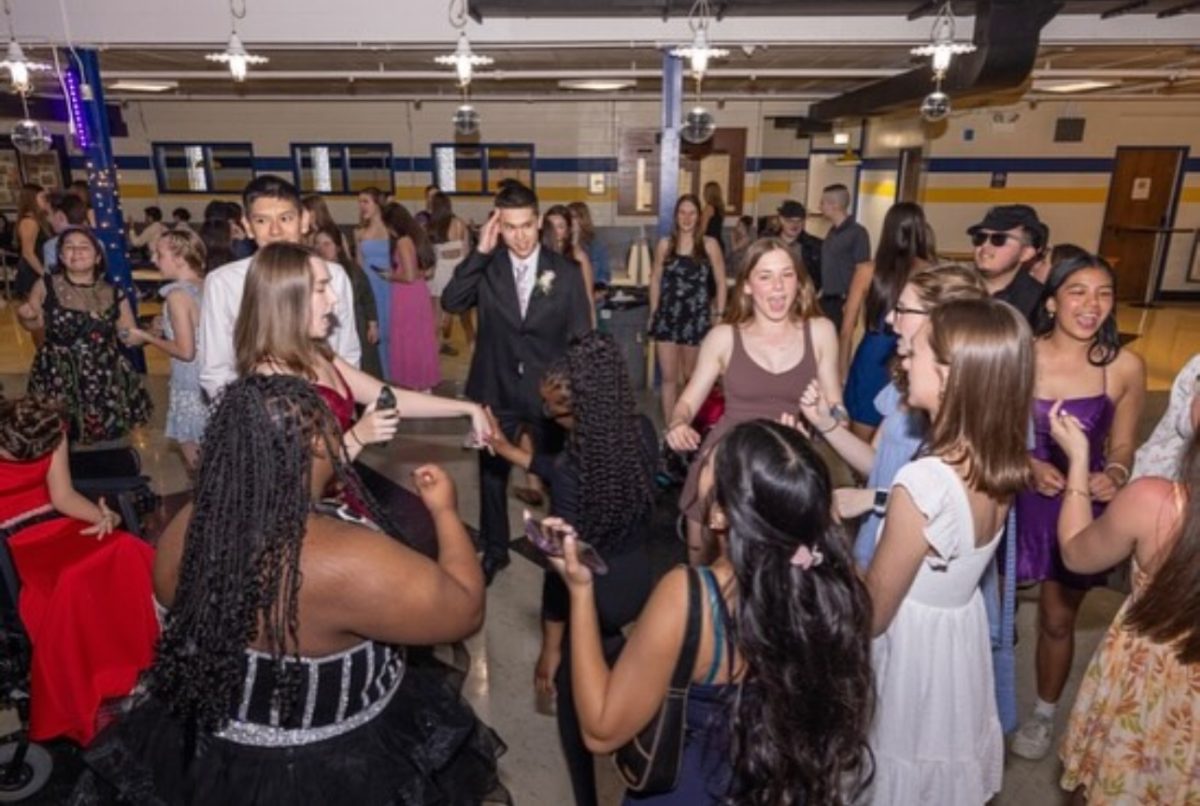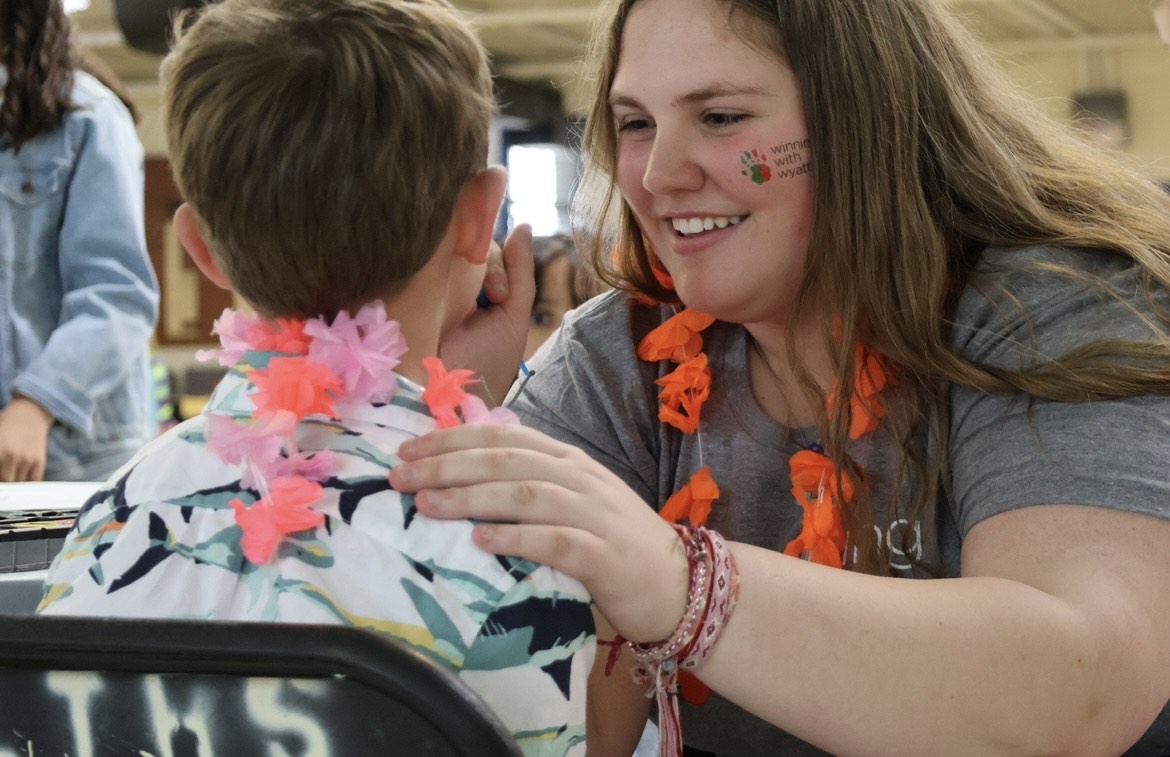Chromebook catastrophe
October 7, 2021
While the presence of technology in the classroom is not foreign to LT, the 1:1 laptop policy is brand new for the 2021-2022 school year. The plan equips each student with a Chromebook to use in the classroom for collaboration and learning–nearly 4000 devices have been distributed. LT included in an E-News Email from December of 2020 that the Board of Education made the decision to finance $1.1 million dollars from reserves to ensure each student had one for the fall, but it has come at a price for families too. An additional required $150 technology fee was added to online registration in order to cover the cost of Chromebooks and other related equipment like the protective sleeve and charger. The issue with mandating devices is that those expenses were unnecessary as the new policy does not significantly enhance the learning experience for everyone.
After an entire year of school behind a screen, students are ready to ditch the computers for face-to-face learning. Nobody wants to stare at their device for over seven hours each day. A main aspect of school is the social interaction that everyone lacked during virtual learning, and without that motivation, people faced academic burnout. Many teachers now even encourage students to take paper and pencil notes in class, while others actually forbid computer notes due to a lower retention rate. The Chromebook-centered curriculum is not what was needed to create an interactive learning environment when welcoming the entire student body back to campus.
The once simple process of logging onto the Chromebook and desktop computers have evolved into a multi-step regime that takes away precious time from class. Students must type in their password at least once, then complete the two-step authentication by selecting a specific image out of 42 that relocates to a different spot each time.
Not only is the original process of signing in tedious, but each time the laptop falls asleep while it’s open, students are required to input their information in again. It may not take long to type the username and password in; however, classes move quickly, and that time takes away from students’ focus. Having to sign in everytime is a tedious process that quickly grows verbatim.
The expenses set aside to fund the 1:1 laptop policy could have been allocated to other areas in need at LT like individual air conditioning units for each class, so that students would feel comfortable in their learning environment. The heat at school was almost unbearable, especially for the first week of school, and the units could have greatly improved the quality of students’ experience.
Another way the administration could have distributed the money would have been to invest in nicer quality technology for classes that heavily rely on technology; computer carts have been a great tool in the past for circulating the devices between classes who need them for specific lessons. The Board of Administration moved in the right direction in an innovative world dominated by technology; however, mandating Chromebooks for everyone is not what the majority of the student body wants for their education.





















![Movie poster for '[Rec]" (2007).](https://www.lionnewspaper.com/wp-content/uploads/2023/04/rec-640x900.jpg)

